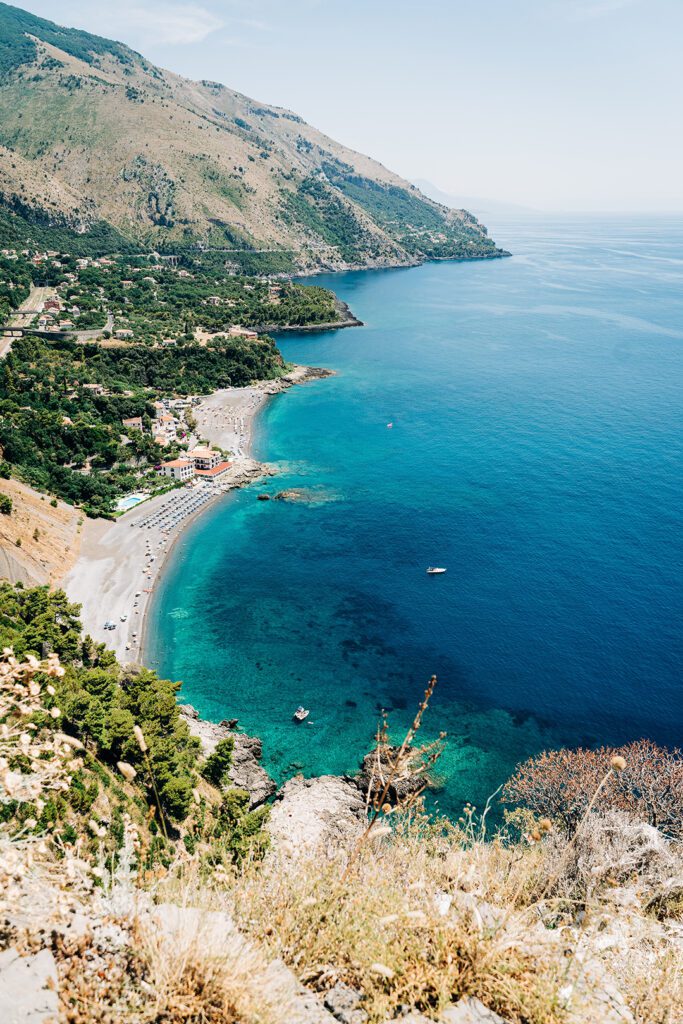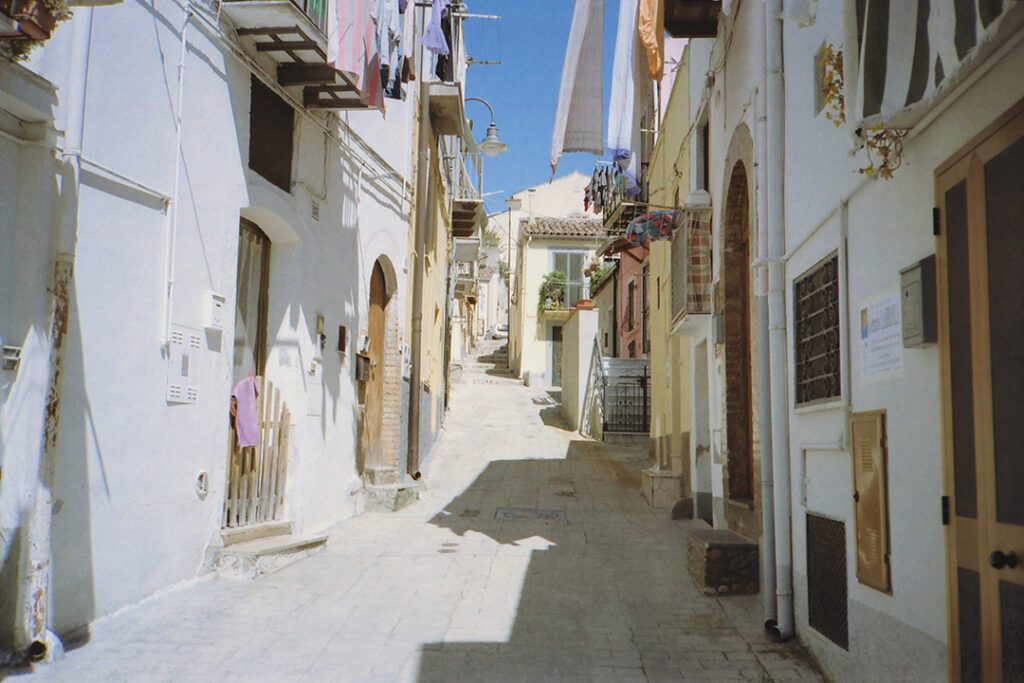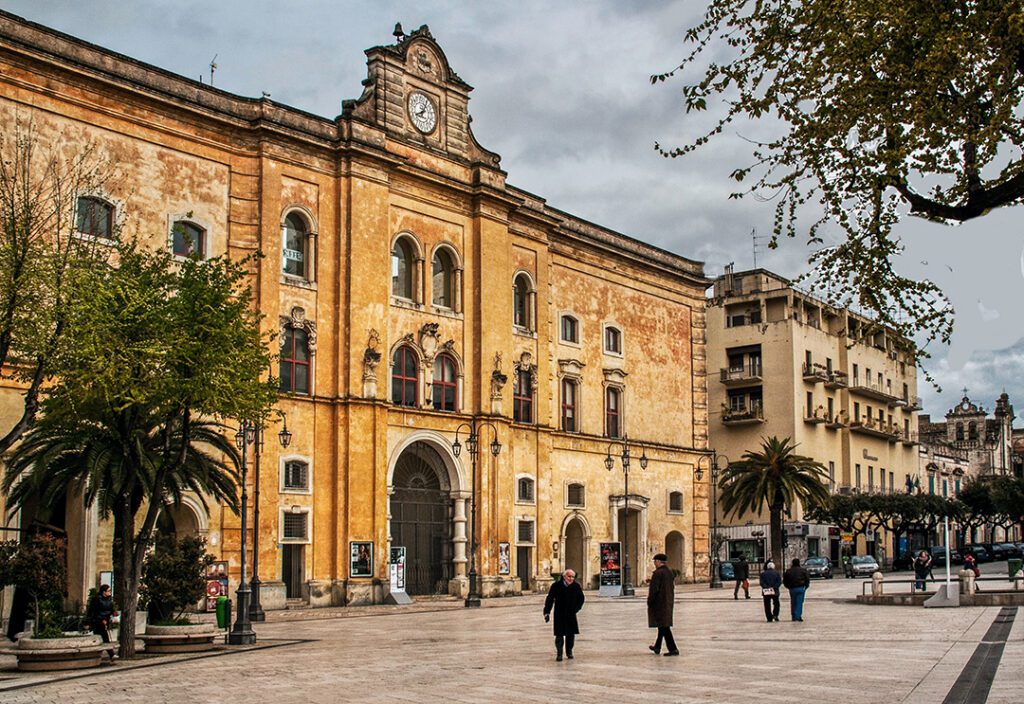Check out this uncrowded Italian region that’s ripe for exploring, either on two feet or on two wheels.
HOME TO beaches, bays and small rocky coves along its Tyrrhenian and Ionian coasts, Basilicata is far from Italy’s usual tourism hotspots.
The region is known for its rugged picturesque landscapes including the dramatic UNESCO World Heritage hilltop town of Matera and the country’s largest national park, Pollino.
Hilltop hamlets
Matera is one of the most famous hilltop towns in Basilicata, renowned for its unique cave dwellings known as “Sassi” which have been inhabited for thousands of years.
Nestled in a valley between two mountains, Castelmezzano is also a popular destination for outdoor enthusiasts. The “Volo dell’Angelo” (Flight of the Angel), allows visitors to zip-line between Castelmezzano and nearby Pietrapertosa while enjoying great views.
Tursi is another hilltop town with a rich history, known for its medieval architecture, narrow streets and views of the surrounding countryside. One of the highlights is the Cathedral of San Nicola, which dates to the 12th century.
Outdoor experiences
The region’s lakes and coasts are some of Italy’s best but they remain relatively quiet even in the height of summer.
In Potenza province, the small town of Maratea is known as the pearl of the Tyrrhenian Sea. The charming village is made up of narrow streets lively with local restaurants and craft shops.
Pollino extends across the border of Calabria and within this thinly inhabited area you can explore vast expanses barely touched by humans.
The park’s rugged, grassy mountaintops ascend to 2,248 metres at Monte Pollino and during the cooler seasons when the skies are clear, the views extend to the distant island of Sicily.


Get on your bike
With its two coastlines, tranquillity and laid-back Italian way of life, Basilicata is the perfect place to explore on two wheels.
Depending on the time of year, you might have the opportunity to witness local festivals, events, or markets which can provide an authentic glimpse into the daily lives and traditions of the people of Basilicata. What’s more, most cycling itineraries pass through railway stations and most tracks cross low-traffic roads.
In 2021, the region received an Italian Green Road Award thanks to the cycle route connecting Matera and the Lucanian Dolomites.
The 114-kilometre route meanders through nature reserves and small hilltop villages. Cyclists can see sites such as the Vulture Melfese, Murgia Materana, Gallipoli Cognato, Potenza, the Val D’Agri Park and Maratea.
Raise a glass
While it might not be as famous as Tuscany or Piedmont, Basilicata has been making strides in recent years to establish itself as an important wine-producing area.
Basilicata is one of the smallest wine-growing regions in Italy and its vineyards can be found almost exclusively around the extinct volcano, Vulture, in the northeast of the region.
These vineyards are among the highest in Europe, with some lying more than 1,000 metres above sea level.
Basilicata’s wine industry is centred around its indigenous grape varieties and unique terroir.
One of the most notable, Aglianico, produces robust and complex reds that are rich, full-bodied and age well. The region’s mountainous terrain and volcanic soils contribute to the distinct character of its wines.




